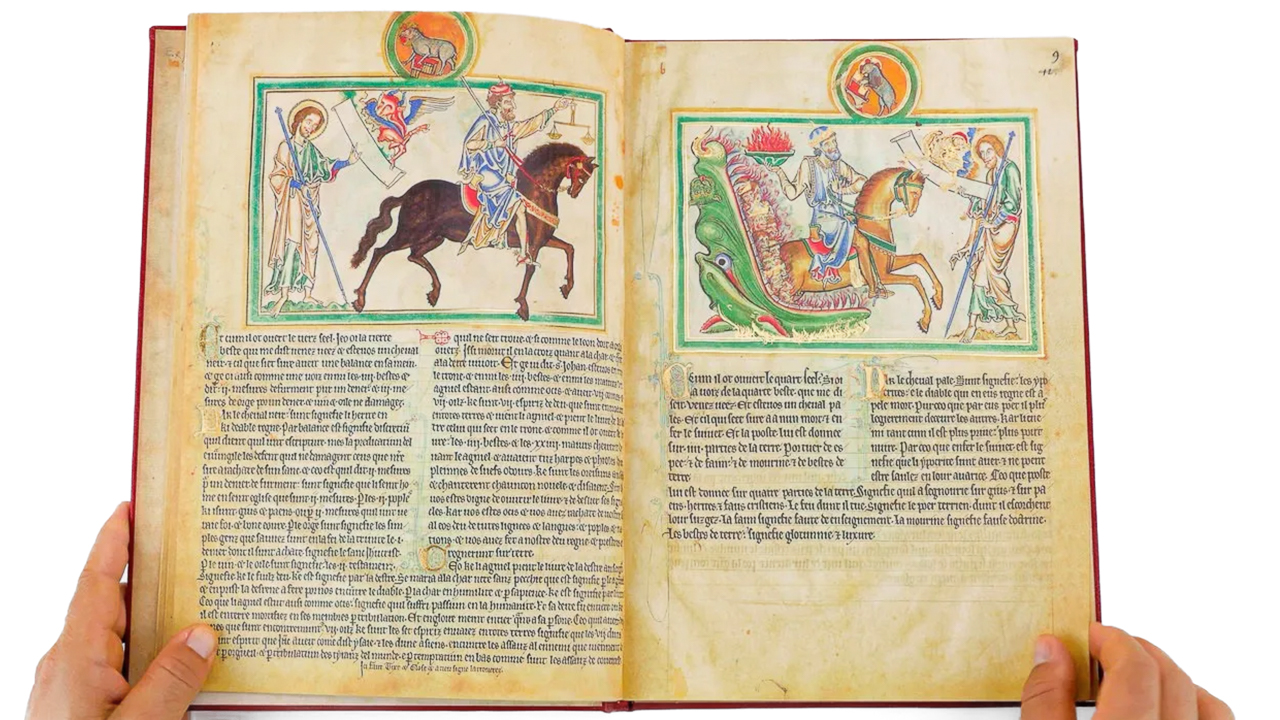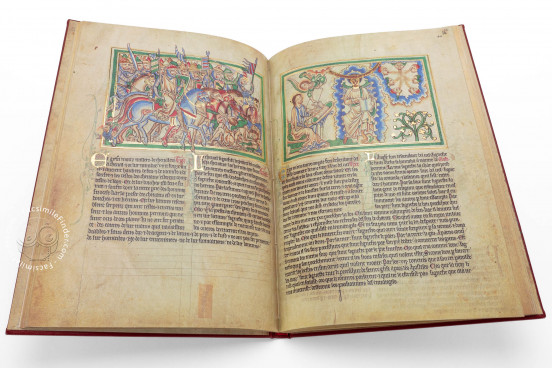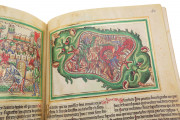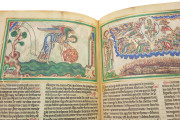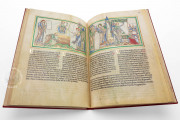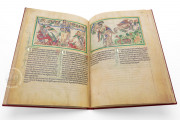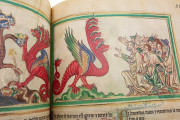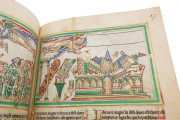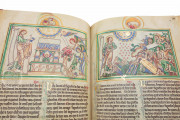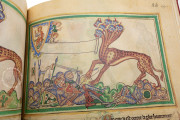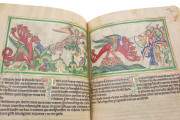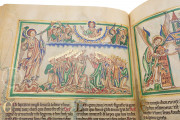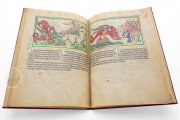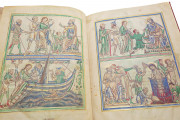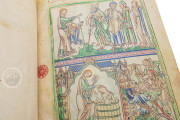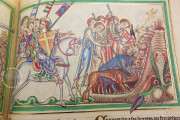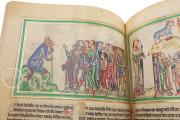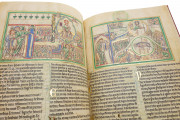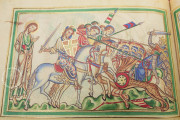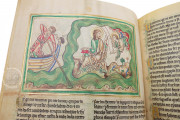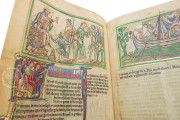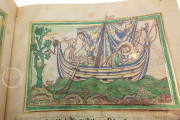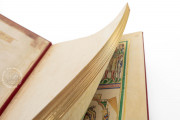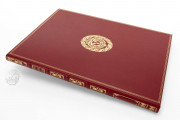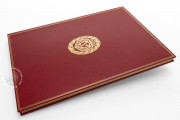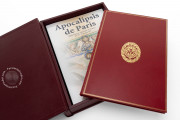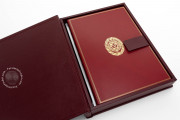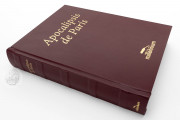Illuminated by the Sarum Master, the Paris Apocalypse is a stunning work of English Gothic manuscript illumination. Made around 1250, it is an extensively illustrated manuscript of the Christian biblical book of the Apocalypse, Saint John the Divine's vision of the events leading to the end of the time. Its eighty-four miniatures are distinguished by exquisite detail rendered in the tinted drawing technique favored in England when the manuscript was created.
Most of the manuscript's miniatures chronicle the unfolding drama of John's vision replete with angels, worshiping elders, and multi-headed beasts (fols. 6r-43r). The book opens and closes with images of the legendary life and death of the author of the Apocalypse, understood in the Middle Ages to be John the Evangelist (fols. 1r-3v and 43v-44v).
The Work of the Sarum Master
The miniatures of the Paris Apocalypse have been attributed to the Sarum Master, known principally for his work on manuscripts associated with the liturgical use of Sarum (Salisbury). The master outlined each scene's figures and objects in a neutral black, and the drawings feature light washes predominantly of green and blue that appear to glow. Red is employed when the text demands it—for the second horse (Apocalypse 6:14; fol. 8r) and the great red dragon (Apocalypse 12; fols. 19v-23r)—and for blood, fire, and occasional visual accents. The master used gold sparingly, mostly for church furnishings.
The Far-Reaching Tradition of the Illuminated Apocalypses
The Paris Apocalypse stands near the beginning of a decades-long tradition of illustrated Apocalypse manuscripts produced in England and France. The tradition's characteristic feature is the pervasive mise-en-page with half-page miniatures at the top of each page and text below. That text could be the Vulgate Latin text of the Apocalypse with or without commentary or a French version of the Apocalypse with or without commentary.
Paintings Completed First
The miniatures of the Paris Apocalypse were painted before the text was written, a reversal of the customary procedure in the making of medieval manuscripts. The pictures were probably understood to be the manuscript's principal component. Indeed, scholars have grouped the manuscript with two English picture-book Apocalypses of the mid-thirteenth century (New York, Morgan Library & Museum, MS M.524, and Oxford. Bodleian Library MS Auct. D.4.17), whose picture cycles are very similar to that of the Paris Apocalypse.
The Bible in the French of England
The manuscript's text is in Anglo-Norman, the "French of England" that was the literary vernacular of England at the time. It is written in the formal script known as Gothic Textualis. The text is arranged in principle into two columns, but the more extensive commentary frequently extends across both columns. The gold initials are pen-flourished in blue to fol. 24r.
A Book Bound for Royalty
Although the original patron of the Paris Apocalypse is unknown, it came into the possession of Charles V (1338-1380), King of France, early in its history, and it is possible that it was created for a member of the highest echelons of English society. The volume is listed in the Louvre inventories of the late fourteenth and early fifteenth century before passing through the collections of John Plantagenet (1389-1435), Duke of Bedford, and then the Flemish bibliophile Louis de Gruuthuse (d. 1492).
The manuscript entered the Libraire royale de Blois during the reign of Louis XII (1462-1515), King of France. From the French Bibliothèque royale it entered the Bibliothèque nationale (now Bibliothèque nationale de France). The binding of red Morocco with the French royal crest in gold tooling dates from the seventeenth or eighteenth century.
Binding description
As described in 1411, the manuscript was “covered with plain red leather and two small latten clasps”, however the present binding dates to the seventeenth century: red Moroccan leather featuring gilded tooling with a central wreath containing the French royal crest. “Apoc Avec Figur” is impressed on the spine.
We have 1 facsimile edition of the manuscript "Paris Apocalypse": Apocalipsis de París facsimile edition, published by Millennium Liber, 2013
Request Info / Price
